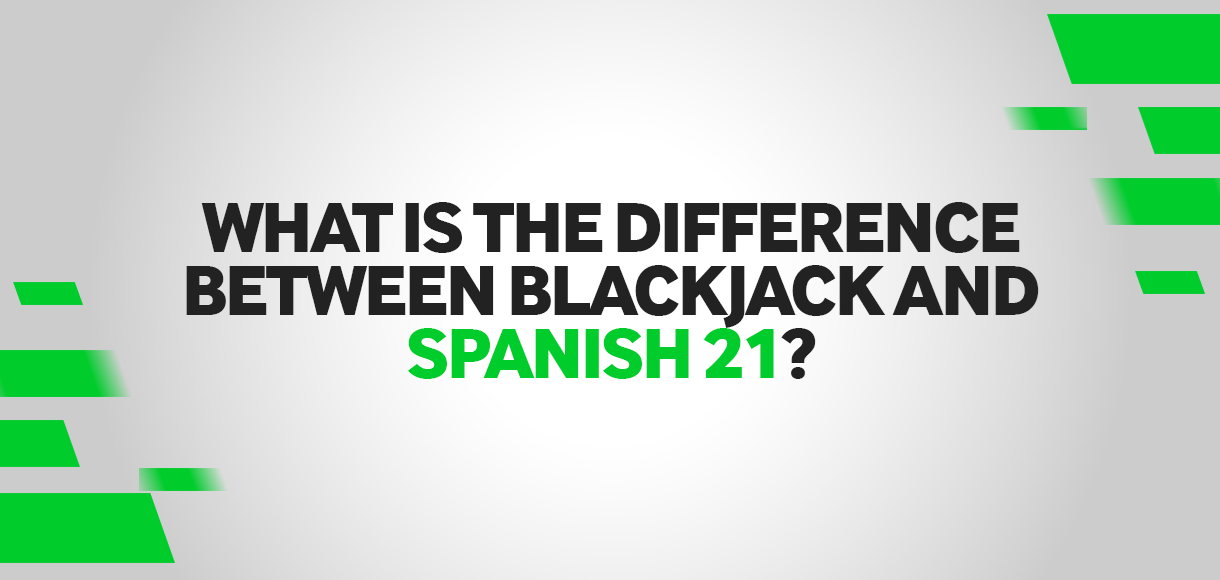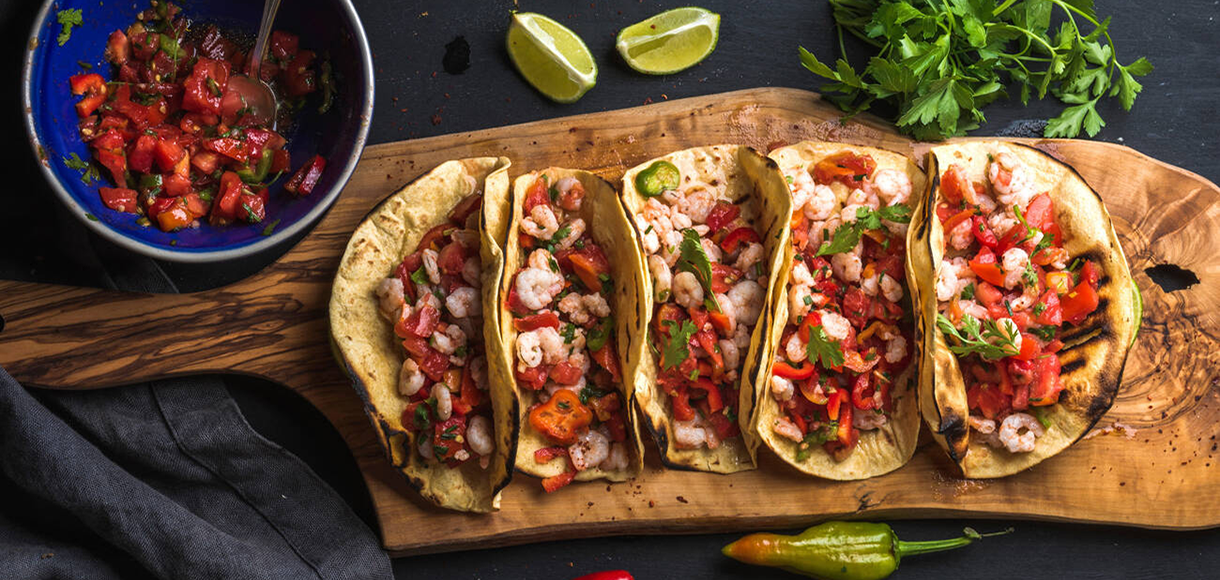What is the difference between blackjack and Spanish 21?

Is Spanish 21 the blackjack game you've been looking for? We explore the main differences between this unique variant and European Blackjack.
Online blackjack remains one of the most popular games available, spawning many different variations of the classic.
When played optimally, the house edge in blackjack can be as low as 0.5%. But basic European Blackjack doesn't have a huge amount of excitement for players.
Spanish 21 is a unique take on blackjack with a few subtle differences in how the game plays out. Players can also enjoy taking on a few side bets, too.
Here are the key differences between European Blackjack and Spanish 21, with a few tips for getting the most out of the game.
How do you play Spanish 21?
Spanish 21 Blackjack is played with a shoe of six decks. Players are dealt two cards and must keep receiving cards until they decide to stop ('stand'), without going over 21 in the process.
Once a player has placed a bet, they receive their cards and hit or stand. The dealer will follow. The highest hand wins.
Spanish 21 players have the option to split their paired cards and continue betting with two hands. A re-split is also possible if the player is then dealt another pair. A winning hand pays 1/1.
European Blackjack v Spanish 21: The main differences
The major difference between Spanish 21 and European Blackjack is the missing 10s. All the 10 cards are stripped from the deck in Spanish 21. That means players' hands are more often than not made up with lots of low cards.
In European Blackjack, the potential for side bets is minimal. Players can take an Insurance bet against the dealer hitting a natural blackjack. That bet pays 2/1. But when it comes to side action, that's about it.
Spanish 21 has a much wider range of side bets. The Insurance bet is available, and also pays 2/1. Look out for several additional payouts players can earn:
5-card hand: 3/2
6-card hand: 2/1
7-card hand: 3/1
21 with any three sevens: 3/2
21 with 6-7-8: 3/2
21 with three sevens of same suit: 2/1
21 with three sevens, dealer has fourth seven: 50/1
In Spanish 21, a player 21 always wins, and a player blackjack always beats the dealer blackjack. Of course, with no 10s, hitting a blackjack at all is a lot harder.
In European Blackjack, a dealer will hit on 16 and stand on 17. In some Spanish 21 games, the dealer may hit a soft 17 (a 17 with an ace). However, that increases the house edge slightly.
Unlike European Blackjack, a blackjack will not end in a tie in Spanish 21. If both the player and the dealer have a blackjack (an ace and a picture card), the player wins.
Top tips for Spanish 21
In conventional blackjack, the Insurance bet is one of the worst wagers to take. The 2/1 on the dealer hitting blackjack doesn't come close to matching the true odds of that happening.
In Spanish 21, Insurance can be taken. It still pays 2/1, despite there being four fewer 10-value cards in each deck. Therefore, the chances of the dealer having blackjack have reduced.
In reality, odds of 3/1 or 4/1 would have to be offered to make the side bet attractive. This is a side bet to avoid in Spanish 21.
The key to winning Spanish 21 is looking at the side payouts. Where the double down is an optimal play in European Blackjack, it can negate some of the side bets like the 7-7-7.
Low cards are your friend in Spanish 21. With a 3/2 and 2/1 payout offered on 5-card and 6-card hands respectively, it's advisable to split low pairs and keep hitting on two separate hands. The bonus payouts are where a lot of your wins will come from.
Trying Spanish 21
When played optimally, Spanish 21 can offer a lower house edge than European Blackjack. There are plenty of subtle but important details between the two disciplines when playing.
























